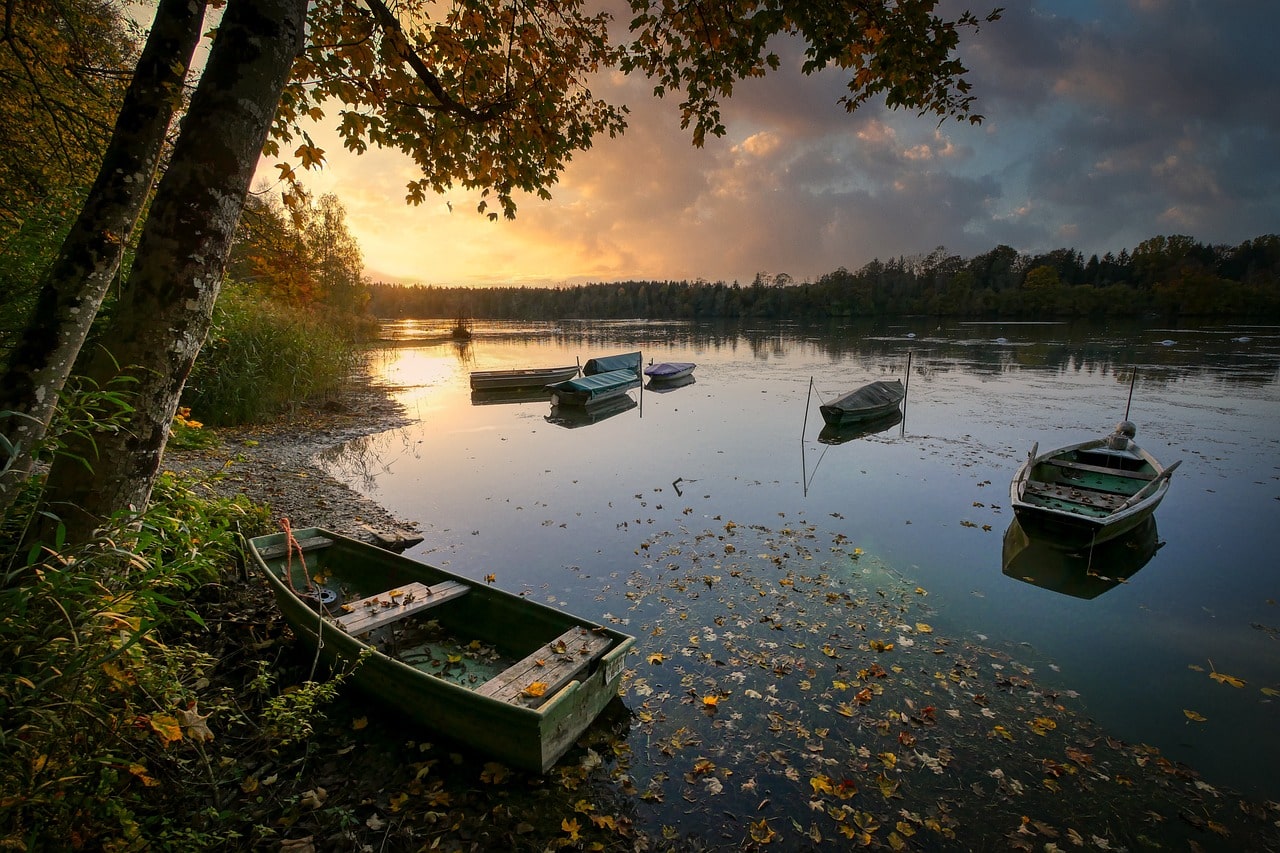Quake Lake, officially known as Earthquake Lake, is situated on the Madison River in southwestern Montana. This lake was formed on August 17, 1959, following a devastating earthquake that resulted in 28 fatalities. Located northwest of West Yellowstone, Quake Lake spans six miles in length and reaches a maximum depth of 125 feet.
The earthquake, measuring 7.5 on the Richter scale (revised to 7.3 by the USGS), caused an 80-million-ton landslide that created a natural dam on the Madison River, forming Quake Lake. The landslide moved down Sheep Mountain at an estimated speed of 100 miles per hour, tragically killing 28 campers along Hebgen Lake and the Madison River. The earthquake, the most powerful ever recorded in Montana, caused significant geological changes, including fault scarps up to 20 feet high and the subsidence of 32,000 acres by more than 10 feet. Hebgen Lake experienced severe seiches, and several geysers in Yellowstone National Park erupted.
Despite the damage, Hebgen Dam, built in 1917, managed to hold its structure. The rapid creation of Quake Lake led to the mobilization of the U.S. Army Corps of Engineers to construct a spillway, ensuring the stability of the natural dam.
The Earthquake Lake Visitor Center, operated by the U.S. Forest Service, offers interpretive services and exhibits on earthquakes, plate tectonics, and features a working seismograph. The center provides a panoramic view of the landslide area and Quake Lake, attracting over 50,000 visitors annually.

